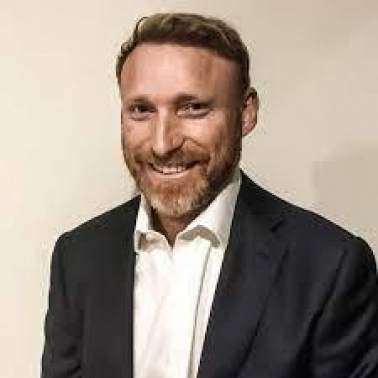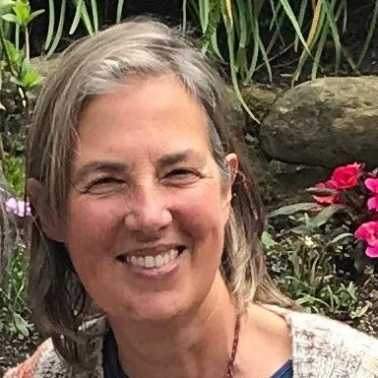Duncan has been greatly helped in this by the European Space Agency which he approached to help develop carbon monitoring through satellite tracking. This, he says, is 96 to 99 per cent accurate in measuring carbon in soil and trees, on farmers’ land plots as small as 200 square metres, whereas the industry average for carbon projects previously required 600 hectares or more, for carbon offset projects to be economic. This Earthbanc technology breakthrough has increased project sizing efficiency 18,000-fold and opens up carbon incentive payments to the 500 million smallholders globally, who previously could not access them. This is important to make carbon markets fairer, not just more transparent. It means, for instance, that farmers can assess their carbon impact on a quarterly or annual basis rather than every five years under the older voluntary carbon verification systems of assessment.
Duncan was the guest speaker to a business webinar, in a series on The Meaning of Sustainability, organised by the business and economy programme of Initiatives of Change (IofC Business & Economy), on 12 October. It was hosted by business consultant Antoine Jaulmes, a former automotive industry executive who is now chairman of IofC B&E.
Duncan told how he came to his convictions through ‘the trials and tribulations’ of his family background in farming in the 1980s. The family grew avocados, grapevines, kiwifruit and other produce, ‘in close to a desert situation’, facing the extremes of floods and wildfires. They were ‘farming on the margins’. Then in the 1980s interest rates soared to over 20 per cent. ‘How were farmers meant to survive?’ he said. It would impact food security locally and globally.
He joined AusAid (Australian Agency for International Development) and went to China in 2004. The aim there was to help modernize sustainable land and water management of the large regions that were running out of water and in need of ‘integrated water management’, to hold water in the soil rather than using synthetic fertilizers which had depleted soil organic carbon. Later that year he joined the Melbourne Water Corporation who manage the water supply for a city of five million people, as well as thousands of waterways, rivers and floodplains. All this gave him a deeper understanding of ecosystems, including paying farmers through government grants, funded by ‘Nitrogen Offsets’, to preserve their water resources and the water quality.
For 10 years he attended conferences at the IofC centre in Caux, Switzerland and has been on the steering committee for the Initiatives of Land, Lives and Peace (ILLP) which organises the Caux Dialogue on Environment and Security. A pivotal moment, he said, was meeting the soil scientist Professor Rattan Lal in Caux in 2013. He was also working on the science of how to regenerate the soils of 2.5 billion hectares of land, including the water- and carbon-holding capacity of soil. This, for instance, could be applied across the Sahel desert region of Africa, Duncan commented. If 2.5 billion hectares could be regenerated then this land area could sequester all of humanity’s emissions every year—thus providing a much-needed solution to prevent runaway climate change—as well as ensuring local and global food security and stopping the march of desertification and land degradation.



